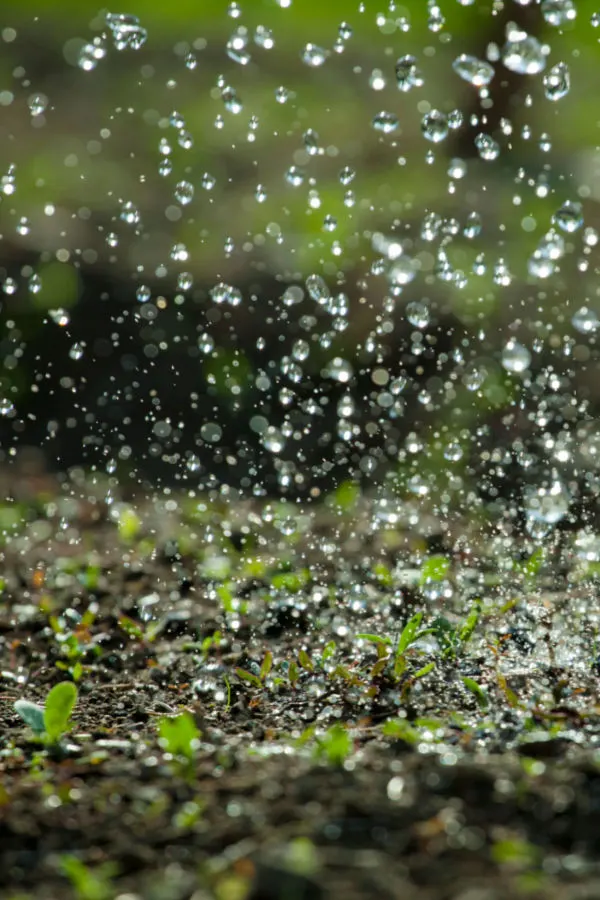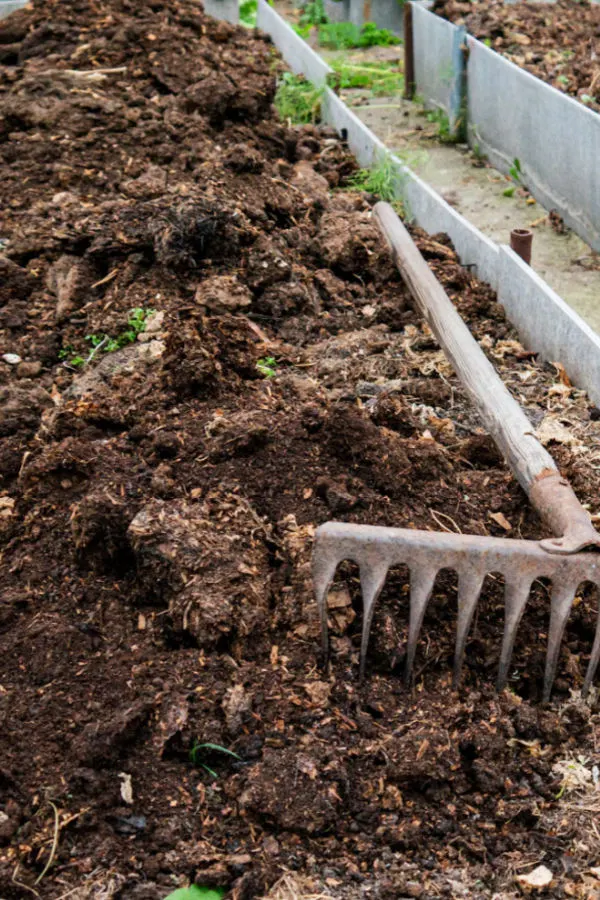Looking for the best way to recharge and re-energize the soil in your raised beds to keep it healthy – and grow bigger and better plants?
Raised beds are one of the easiest and most effective ways to grow vegetables, flowers and herbs – especially for those who may not have the space for a traditional garden, or who might have physical limitations that can make gardening in big spaces difficult.
When created with good drainage and filled with great soil, they can grow amazing plants. But if that soil isn’t properly cared for, or more importantly, isn’t recharged regularly with nutrients, the plants in your raised beds can begin to fail quickly.
You can listen in below to our complete podcast on how to keep your raised bed soil healthy, or read on for the entire article as well. As always, all of our podcast resource links will be provided at the end of each article.
Why Rejuvenating Your Raised Bed Soil Is Important
Unfortunately, flowers, vegetable plants and even herbs take nutrients from the soil as they grow. And because raised beds have no ability to replenish those nutrients on their own, the soil can become quite sterile and lifeless.
Unfortunately, it can happen quickly. In fact, in as little as a year depending on the plant varieties you grow. And as the structure of the soil weakens, so does its ability to hold water. And without the ability to provide water and nutrients when needed, plants fail.
As if all of that wasn’t bad enough, stale, tired soil also becomes an inviting home for pests and disease to take hold.

That is often why gardeners with raised beds that grow in the same soil see less and less production with each passing season, along with more issues of their plants succumbing to pests and disease.
Raised Bed Maintenance – How To Keep Raised Bed Soil Healthy
Before we get into specific details of how to recharge beds, let’s first cover a few things you can always do for your raised beds to keep them healthy from year to year
There are two major fall tasks that can really help keep raised beds powerful. The first is to always remove any spent plants from the summer growing season. Allowing old flowers or vegetable plants to decay and remain in the soil over winter is asking for all kinds of issues.
As old plants decay, they continue to burn resources from the soil until finally dying off. Resources you can save for plants to use the following year. Old plants that remain also harbor pests and disease. And if they stay in the soil, they can be there to attack your new plants next year.
The other big fall chore that should always be done before winter is to cover your soil. Preferably (as you will see below) with a life giving cover crop. But at the very least, your raised beds should be covered with leaves, mulch or a tarp.

Why? Because open soil is an open invitation for weeds to find a home. Even worse, your soil’s nutrients can easily be drained from the soil by winter rainfall, snow and more. Covering your beds is a must each fall to keep soil protected!
How To Keep Raised Bed Soil Healthy
So how can you recharge that soil? There are actually several great natural ways to bring life back to the dirt in your raised beds. We cover each below, including how to best use them.
Be sure as well to listen in to the corresponding podcast (linked at the top of the article) as we go in-depth on how to use each of these soil powering methods for better raised bed soil and production.
How To Build Healthier Soil In Raised Beds:
Compost – Compost is teeming with life and nutrients. It helps to retain moisture when added to soil and builds better soil structure. You can add fresh compost every spring prior to planting season. Work a few inches into the soil for best results.
Green Grass Clippings – As long as you don’t use herbicides on your lawn, the fresh grass clippings that come from mowing are great for putting on beds. They contain a long list of micro-nutrients and provide nitrogen too.
Shredded Leaves – Rake up all of those leaves lying around and shred them up with your mower. Then work a few inches into the soil of your raised beds. Like grass clippings, they will add micro-nutrients and also help build better soil structure as well.
Pulverized Egg Shells – Egg shells are a great source of calcium to your soil. And calcium is important for a plant’s early growth, and for helping to prevent issues such as blossom and black end rot on tomato and pepper plants.
Grind up your egg shells as fine as you can for best results. We use a coffee grinder to pulverize ours. The finer the shells, the quicker they will absorb into the soil.
Additional Sources of Nutrients – How To Keep Raised Bed Soil Healthy
Worm Castings – You simply can’t beat worm castings! They add so many micro-nutrients and they also build great soil. Put 1/4 to 1/2 cup of worm castings into every planting hole to provide extra nutrients for plants as they grow.
Perlite / Vermiculite – These two products do not provide power, but they do help to loosen soil immensely. Even better, they do not break down and help keep soil from compacting in future years too.
Aged Manure – Aged manure can be applied early in the spring to your beds. Add a few inches to beds and work into the soil at least six weeks before planting.
Cover Crops For Raised Beds – How To Keep Raised Bed Soil Healthy
Cover crops are an amazing way to power raised beds. You can plant a fall cover crop of cereal rye or oats to protect and power your soil. When spring comes around, simply cut the crop down and dig it into the soil
You can even plant a green manure crop in the early spring in your raised beds. A crop of oats will grow fast, you can then turn it over to give its nutrients back. It is a great way to power soil before planting season.
Here is to recharging your raised bed soil this year, and to keeping your beds growing strong and healthy for years to come!
Affiliate Resources / Podcast Links:
Article Links :
- The Best Cover Crop For Raised Beds – Growing Oats!
- The Power of Worm Castings
- How To Use Egg Shells In The Garden – Protect & Power Your Plants!
Follow Our Facebook Page For Even More Great Tips! Simple Garden Life Facebook Page
Simple Garden Life is a website dedicated to keeping gardening fun, simple and enjoyable! We publish two new articles each week along with a new garden podcast episode every two weeks. This article may contain affiliate links.
